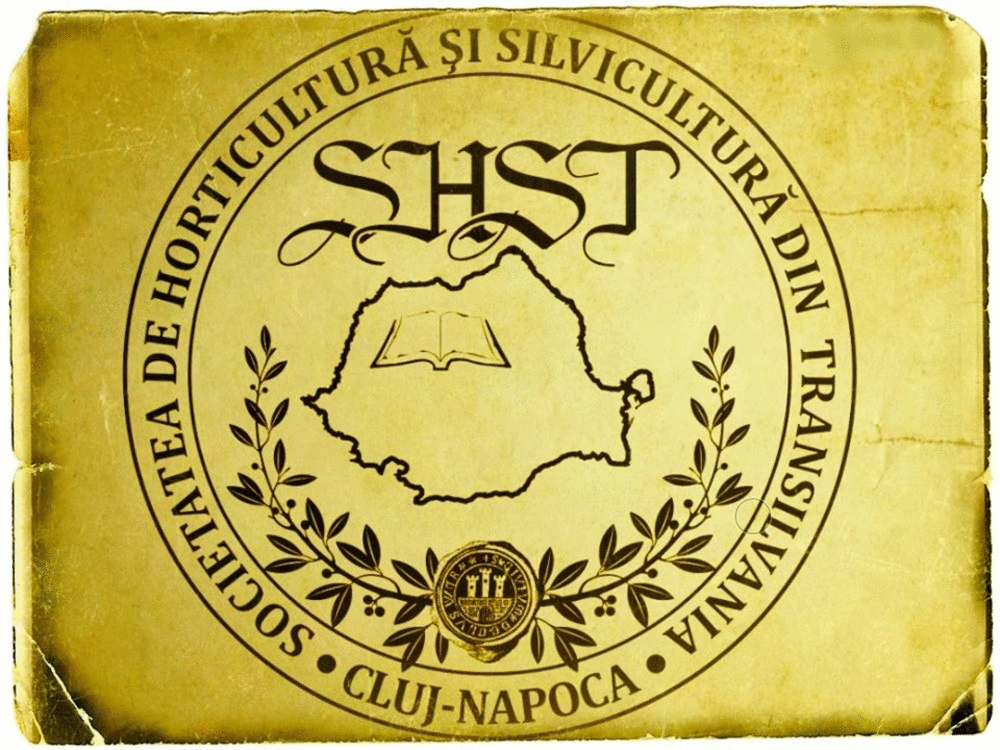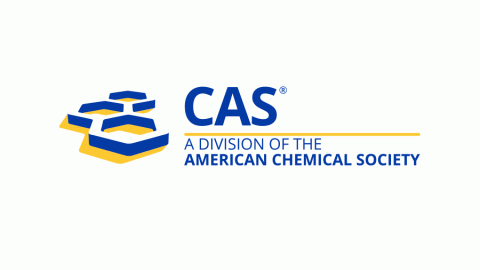A suspected case of hypoxia-induced pre-renal azotemia in an old part-Arab stallion: case report and review of the literature
DOI:
https://doi.org/10.15835/nsb12210637Keywords:
hematology; hypoxia; serum biochemistry; old stallion; part-Arab; pre-renal azotemiaAbstract
The kidneys maintain homeostasis and this function is compromised in hypoxic conditions. Hematology and serum biochemistry evaluations were performed on a 17-year old Nigerian part-Arab stallion, who was observed to be docile, cachexic, and has bilateral ocular mucus discharge. Ticks were seen attached around the inguinal region. The mucous membrane of the eyes was congested, animal was partially insensitive to its environment and had an abnormal posture and gait. Blood samples for hematology and clinical biochemistry analyses were collected from the jugular vein. Hematology and serum biochemistry determinations followed standard procedures. Hematological analysis revealed that the stallion had secondary absolute polycythemia, low erythrocyte sedimentation rate. The mean corpuscular volume, mean corpuscular hemoglobin concentration and total leukocyte count were within the respective reference ranges. The clinical biochemistry profile of the horse showed normal serum activity of alanine aminotransferase and elevated serum activities of aspartate aminotransferase and alkaline phosphatase, normal serum total protein, albumin, decreased serum globulin concentrations, with a high albumin: globulin (A/G) ratio. The stallion also had normal total cholesterol level and an abnormally high serum creatinine and blood urea nitrogen levels. These findings were suggestive of hypoxia-induced pre-renal azotemia.
Metrics
References
Agina OA (2017). Haematology and clinical biochemistry findings associated with equine diseases - a review. Notulae Scientia Biologicae 9(1):1-21. https://doi.org/10.15835/nsb919939
Chen J, Al Khalili Y (2020). Physiology, osmoregulation and excretion. StatPearls Publishing, Treasure Island.
Durno AS, Webb JA, Gauthier MJ, Bienzle D (2011). Polycythemia and inappropriate erythropoietin concentrations in two dogs with renal T-cell lymphoma. Journal of American Animal Hospital Association 47(2):122-128. https://doi.org/10.5326/JAAHA-MS-5614
Evans RG (2019). Another step forward for methods for studying renal oxygenation. Kidney International 96(3):552-554. https://doi.org/10.1016/j.kint.2019.05.010
Haase VH (2013). Regulation of erythropoiesis by hypoxia-inducible factors. Blood Reviews 27(1):41-53. https://doi.org/10.1016/j.blre.2012.12.003
Hirakawa Y, Tanaka T, Nangaku M (2017). Renal hypoxia in CKD: pathophysiology and detecting methods. Frontiers in Physiology 8:1-10. https://doi.org/10.3389/fphys.2017.00099
Hounkpatin HO, Fraser SDS, Glidewell L (2019). Predicting risk of recurrent acute kidney injury: a systematic review. Nephron 142:83-90. https://doi.org/10.1159/000497385
Jing H, Hsu W-L, Wu V-C (2020). Urine hemojuvelin in cats with naturally occurring kidney disease. Journal of Veterinary Internal Medicine 1-9. https://doi.org/10.1111/jvim.15781
Kuo W, Kurtcuoglu V (2017). Renal arteriovenous oxygen shunting. Current Opinion in Nephrology and Hypertension 26(4):290-295. https://doi.org/10.1097/MNH.0000000000000332
Łuszczyński J, Pieszka M, Petrych W, Stefaniuk-Szmukier M (2019). The frequency of errors in determining age based on selected features of the incisors of icelandic horses. Animals 9(6):298. https://doi.org/10.3390/ani9060298
Manoeuvrier G, Bach-Ngohou K, Batard E (2017). Diagnostic performance of serum blood urea nitrogen to creatinine ratio for distinguishing prerenal from intrinsic acute kidney injury in the emergency department. BMC Nephrology 18(1):173. https://doi.org/10.1186/s12882-017-0591-9
Nordquist L, Friederich-Persson M, Fasching A (2015). Activation of hypoxia-inducible factors prevents diabetic nephropathy. Journal of American Society of Nephrology 26(2):328-338. https://doi.org/10.1681/ASN.2013090990
Okoro RN, Farate VT (2019). The use of nephrotoxic drugs in patients with chronic kidney disease. International Journal of Clinical Pharmacology 41(3):767-775. https://doi.org/10.1007/s11096-019-00811-9
Safran M, Kim WY, O’Connell F (2006). Mouse model for noninvasive imaging of HIF prolyl hydroxylase activity: Assessment of an oral agent that stimulates erythropoietin production. Proceedings of the National Academy of Sciences of the United States of America 103(1):105-110. https://doi.org/10.1073/pnas.0509459103
Samanta A, Patra A, Mandal S (2018). Hypoxia: A cause of acute renal failure and alteration of gastrointestinal microbial ecology. Saudi Journal of Kidney Disease and Transplantation 29(4):879. https://doi.org/10.4103/1319-2442.239653
Suganya, Shanmuga Priya R, Rajini Samuel T, Rajagopalan B (2016). A study to evaluate the role of bun/creatinine ratio as a discriminator factor in azotemia. International Journal of Pharmaceutical Science Review and Research 40:131-134.
Walton RM (2014) Equine clinical pathology. Wiley Blackwell, Ames, Iowa pp 203-218.
Downloads
Published
How to Cite
Issue
Section
License
Papers published in Notulae Scientia Biologicae are Open-Access, distributed under the terms and conditions of the Creative Commons Attribution License.
© Articles by the authors; licensee SMTCT, Cluj-Napoca, Romania. The journal allows the author(s) to hold the copyright/to retain publishing rights without restriction.
License:
Open Access Journal - the journal offers free, immediate, and unrestricted access to peer-reviewed research and scholarly work, due SMTCT supports to increase the visibility, accessibility and reputation of the researchers, regardless of geography and their budgets. Users are allowed to read, download, copy, distribute, print, search, or link to the full texts of the articles, or use them for any other lawful purpose, without asking prior permission from the publisher or the author.













.png)















